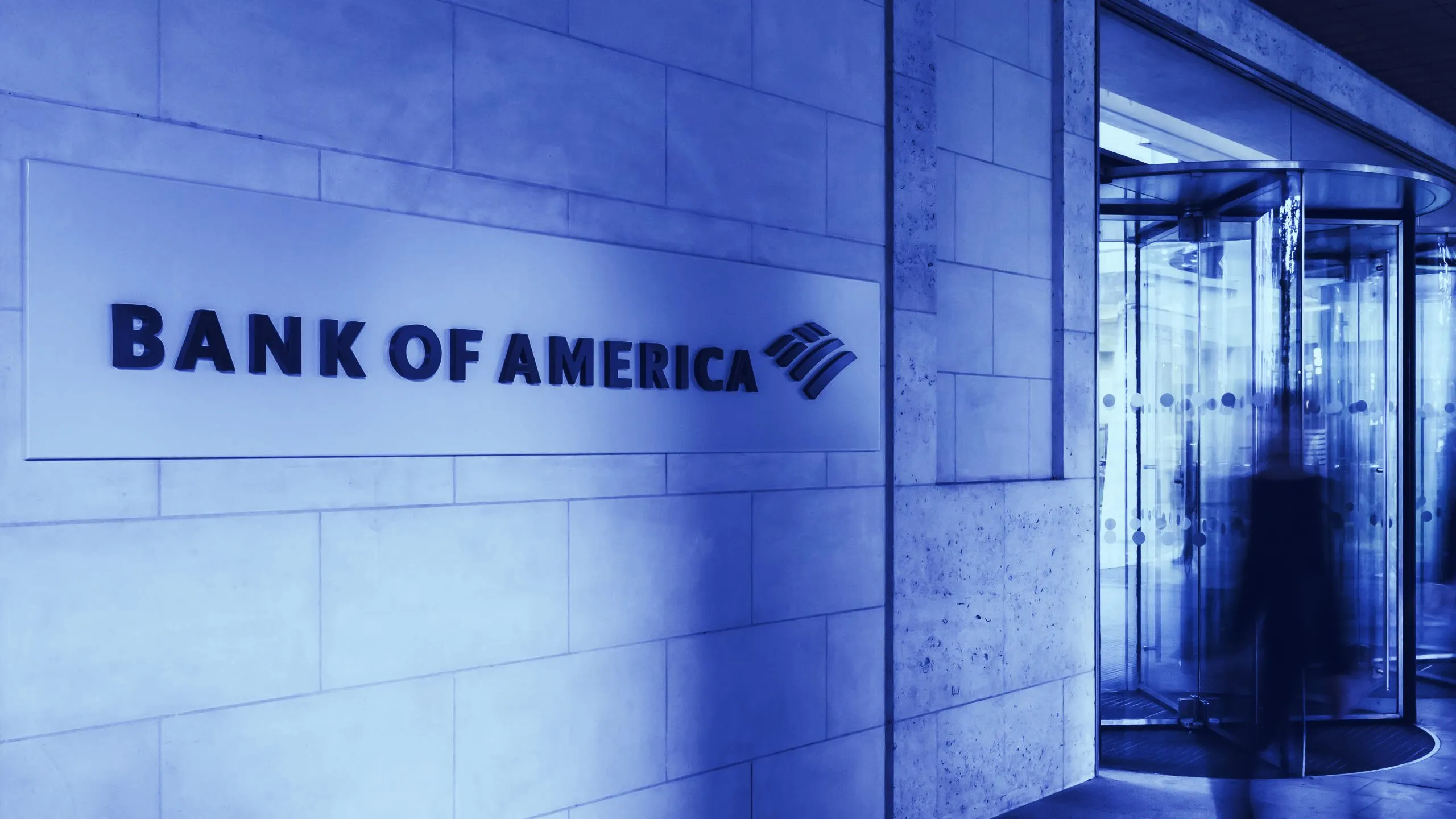In brief
- The Bank of America has spoken about the benefits of a U.S. central bank digital currency in a new report.
- It said one could be released as soon as 2025.
Central bank digital currencies are "the inevitable evolution of today's electronic currencies" and one in the U.S. could be released as soon as 2025, Bank of America said today.
The bank said in a Monday report titled “U.S. CBDC: First Step in a Long Journey” that a central bank digital currency (CBDC) would differ from existing digital money available to the general public because it would be a liability of the Federal Reserve—and this would mean no credit or liquidity risk for the digital currency, according to the bank.
It also said that the U.S. would benefit from releasing a CBDC because it could potentially keep the dollar as the world's reserve currency, though it did not elaborate as to how a digital currency would accomplish this.
"We anticipate a U.S. CBDC to be issued between 2025 and 2030," the report read. "Potential benefits include preserving the dollar's status as the world’s reserve currency, improving cross-border payments (average cost to remit $200 from the US was 5.4% of the transaction value in Q2'21), increasing financial inclusion (~5% of US households were unbanked in 2019) and leveraging new use cases provided by a digital currency."
A CBDC is a digital version of a fiat currency—like pound sterling, the euro, or dollar. They are very different to digital assets like Bitcoin because, though they may use a type of blockchain network, they are backed by a central bank and are typically not hosted on public or permissionless networks. Countries around the world are currently researching the benefits of developing their own digital currencies.
Some countries—such as China and the Bahamas—have even already rolled out or are in the testing stages of a CBDC project. But the U.S. is still researching the benefits of having one.
The risks of releasing a CBDC, the bank noted, could include increasing the liquidity risk of the financial system if commercial banks deposits were converted to a CBDC. In other words, there could be a cash shortage if a bank’s customers were to suddenly turn their cash digital.
The bank also noted that a CBDC could decrease “the efficacy of monetary policy implementation,” which is to say that it could change the way the Fed currently prints and injects cash into the financial system to stimulate the economy.
The bank suggests that the U.S. would have to focus on making the CBDC "privacy-protected," intermediated (meaning the private-sector would have to offer products—like wallets—to hold them), and transferable. A CBDC in the U.S. would also have to be identity verified to prevent crime, Bank of America added in its report.
The report finished by saying that China’s CBDC has the "largest potential for broad adoption and usage within the next several years."

